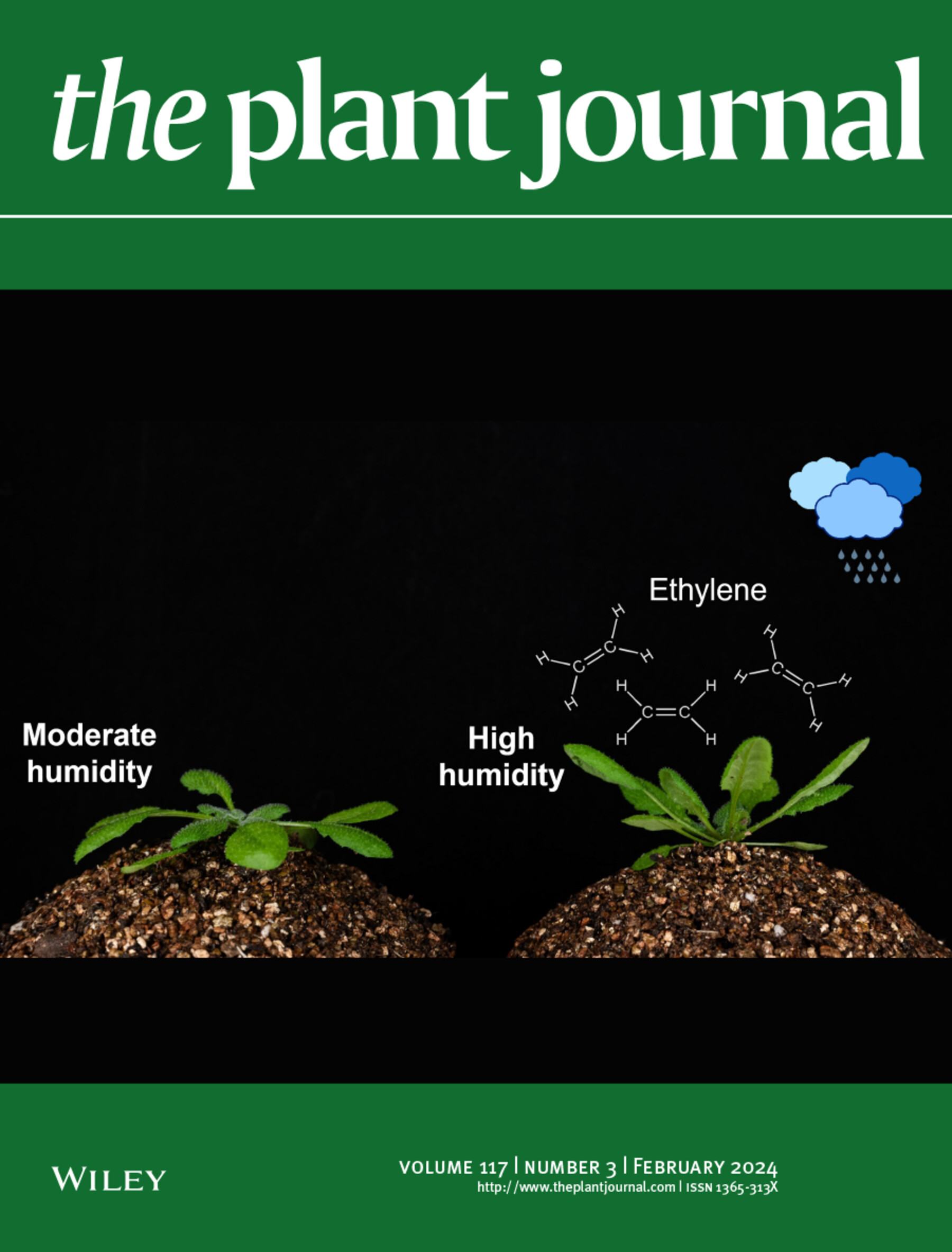CRF12 specifically regulates the flowering time of Arabidopsis thaliana under non-inductive conditions
Abstract
The flowering time of Arabidopsis thaliana, a model plant, is significantly accelerated when exposed to long-day (LD) conditions, as it is a typical LD plant. Consequently, the investigation of the flowering regulatory network in A. thaliana under LD conditions has garnered considerable attention in the study of flowering signals, resulting in a significant breakthrough. While many LD plants, including A. thaliana, exhibit delayed flowering under non-inductive short-day (SD) conditions, they are still capable of flowering. Nevertheless, research on the regulation of flowering induction in LD plants under non-inductive SD conditions has been limited. This study demonstrated the involvement of CYTOKININ RESPONSE FACTORS 12 (CRF12) in the regulation of flowering in A. thaliana under non-inductive conditions. Analysis of the expression patterns revealed that the activation of CRF12 expression and protein stability occurred exclusively in non-inductive environments. Molecular and genetic analyses revealed that under a non-inductive photoperiod of 12 h of light and 12 h of darkness, CRF12, CONSTANS (CO), and TARGET OF EAT 1/2 (TOE1/2) engage in competitive interactions to regulate flowering time, while in a SD photoperiod of 8 h of light and 16 h of darkness, CRF12 modulates flowering time by inhibiting the activity of TOE1/2.

 求助内容:
求助内容: 应助结果提醒方式:
应助结果提醒方式:


